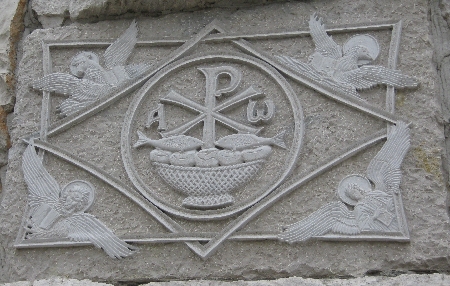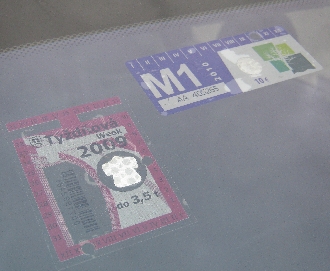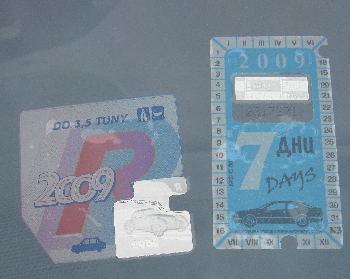
On the evening of Tuesday 20th October, we drove into Podgorica, the capital city of Montenegro having crossed the black or dark mountains that gives the country its name. The name Montenegro comes from the Italian for black or dark mountain and dates from the time of Venetian control of the Adriatic coast. Montenegrins themselves call their country Crna Gora which is black or dark mountain in Montenegrin!
There are some who would challenge the title I’ve given this blog post by saying that Pristina, the capital of Kosovo, is Europe’s newest capital city. However, Montenegro is internationally recognised, even by Serbia from whom it separated following a referendum in May 2006, and the country has since become a member of the United Nations. On the other hand, Kosovo is still only recognised by 64 counties worldwide though these do include the USA and the UK but obviously NOT Serbia.
A few kilometres south of the Serbian town of Novi Pazar, we joined the road that leads from Skopje, the capital of Macedonia, via Pristina, heading westwards into Montenegro. Here once more I began retracing my journey of 35 years ago, but this time in the same direction as in April 1975. The mountainous scenery we passed through and the various viaducts and tunnels en-route were very much as I remembered them, but unfortunately, the fading light meant I didn’t get any photos to reproduce here. Sadly, some of the most scenic parts of our journey this time took place in complete darkness, the disadvantage of travelling in late October!
When travelling in 1975, I stayed overnight in Podgorica but I have no recollection whatsoever of the hotel in which I stayed or of the city itself. Actually, I stayed overnight in Titograd, the name by which Podgorica was known from 1946 until reverting to its original name in 1992. As we searched for somewhere to stay, a helpful policeman directed us to Hotel Keto, a modern hotel about ten minutes walk from the city centre. We booked in, deposited our belongings in our room and then walked into the city centre, eventually finding a pleasant bar-restaurant in which to eat.
Whilst the accommodation was perfectly good, I was greeted by two surprises when I came to settle my bill the following morning. The first was that the invoice declared that my place of residence was Sjeverna Irska which is Northern Ireland in Montenegrin. Bearing in mind that I have never set foot in Northern Ireland during the whole of my life, I found this a little odd. It no doubt arose out of the receptionist completely misreading my passport which states that I am a citizen of the ‘United Kingdom of Great Britain and Northern Ireland’!
The second surprise was that, in addition to the amount agreed for bed and breakfast, there was a further charge for three drinks from the bar. When I queried this, pointing out that we had not drunk at the bar during our stay, the explanation was that it was the three cups of coffee we had drunk between us as part of our breakfast. Please therefore be aware that should you ever have cause to stay in the Hotel Kato in Podgorica, breakfast doesn’t include coffee!!!
Sadly, there is very little in the way of historic buildings in Podgorica as the city suffered severe structural damage during the Second World War. However, one of the most striking new buildings is the Orthodox Cathedral of the Resurrection of Christ. Begun in 1993, it is still under construction but it does make a most stunning addition to the skyline. Inside, floor mosaics were still being laid. But the outside is almost complete except that the front doors are yet to be hung. On the outside there are these two wonderful stone carvings shown below.






